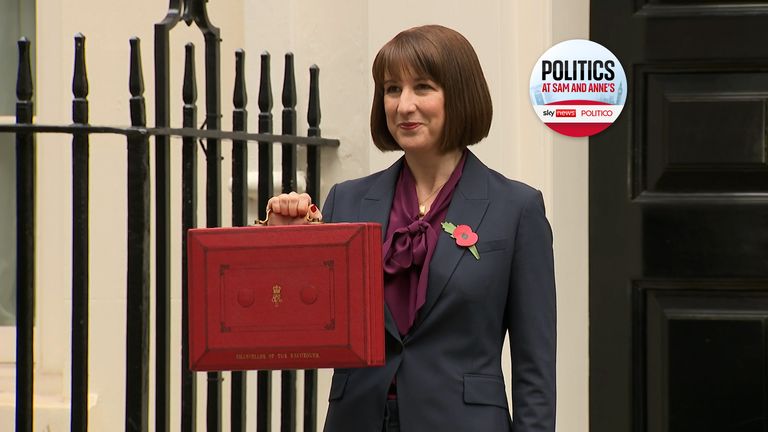Firms cut jobs at fastest pace since 2021, Bank of England data shows


Businesses have cut jobs at the fastest pace in almost four years, according to a closely-watched Bank of England survey which also paints a worrying picture for employment and wage growth ahead.
Its Decision Maker Panel (DMP) data, taken from chief financial officers across 2,000 companies, showed employment levels over the three months to August were 0.5% lower than in the same period a year earlier.
It amounted to the worst decline since autumn 2021 as firms grappled with the implementation of budget measures in the spring that raised their national insurance contributions and minimum wage levels, along with business rates for many.
Money latest: Eight supermarkets ranked for price
The start of April also witnessed the escalation in Donald Trump’s global trade war which further damaged sentiment, especially among exporters to the United States.
The survey showed no improvement in hiring intentions in the tough economy, with companies expecting to reduce employment levels by 0.5% over the coming year.
That was the weakest outlook projection since October 2020.
At the same time, the panel also showed that participants planned to raise their own prices by 3.8% over the next 12 months. That is in line with the current rate of inflation.
The news on wages was no better as the central forecast was for an average rise of 3.6% – down from the 4.6% seen over the past 12 months.
If borne out, it would mean private sector wages rising below the rate of inflation – erasing household and business spending power.
The Bank of England has been relying on data such as the DMP amid a lack of confidence in official employment figures produced by the Office for National Statistics due to low response rates.
Please use Chrome browser for a more accessible video player
2:15
August: Tax rises playing ’50:50′ role in rising inflation
Bank governor Andrew Bailey told a committee of MPs on Wednesday that he was now less sure over the pace of interest rate cuts ahead owing to stubborn inflation in the economy.
The consumer prices index measure is expected to peak at 4% next month – double the Bank’s target rate – from the current level.
Higher interest rates only add to company costs and make them less likely to borrow for investment purposes.
At the same time, employers are fearful that the coming budget, set for late November, may contain no relief.
Please use Chrome browser for a more accessible video player

2:13
Why aren’t we hearing about the budget ‘black hole’?
Sky News revealed on Thursday how the head of the banking sector’s main lobby group had written to the chancellor to warn that any additional levy on bank profits, as suggested by a think-tank last week, would only damage her search for growth.
Rachel Reeves is believed to be facing a black hole in the public finances amounting to £20bn-£40bn.
Tax rises are believed to be inevitable, given her commitment to fiscal rules concerning borrowing by the end of the parliament.
Heightened costs associated with servicing such debts following recent bond sell-offs across Western economies have made more borrowing even less palatable.
Please use Chrome browser for a more accessible video player

6:30
Why did UK debt just get more expensive?
Ms Reeves is expected to raise some form of wealth tax, while other speculation has included a shake-up of council tax.
She has consistently committed not to target working people but the Bank of England data, and official ONS figures, would suggest that businesses have responded to 2024 budget measures by cutting jobs since April, with hospitality and retail among the worst hit.
Commenting on the data, Rob Wood, chief UK economist at Pantheon Macroeconomics, said: “The DMP survey shows stubborn wage and price pressures despite falling employment, continuing to suggest that structural economic changes and supply weakness are keeping inflation high.
“The MPC [monetary policy committee of the Bank of England] will have to be cautious, so we remain comfortable assuming no more rate cuts this year.”
“That said, the increasing signs of labour market weakness suggest dovish risks,” he concluded.